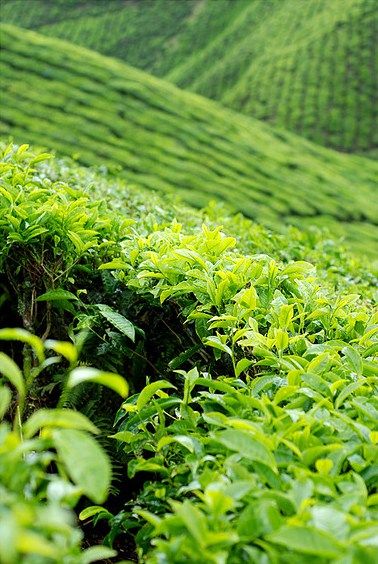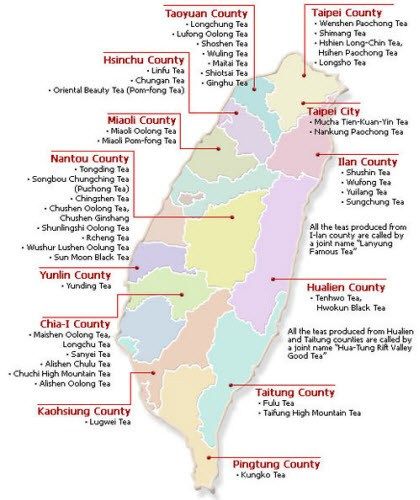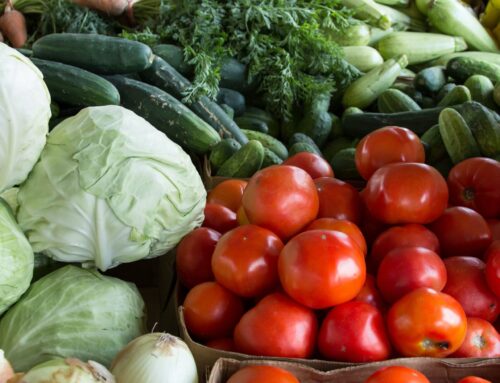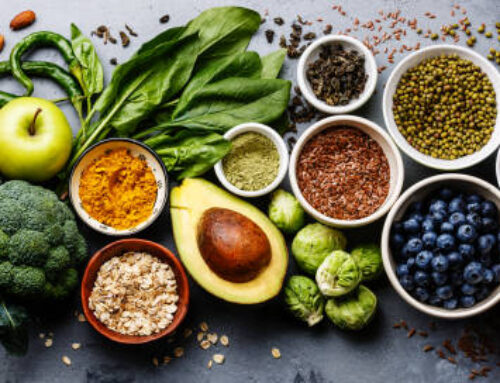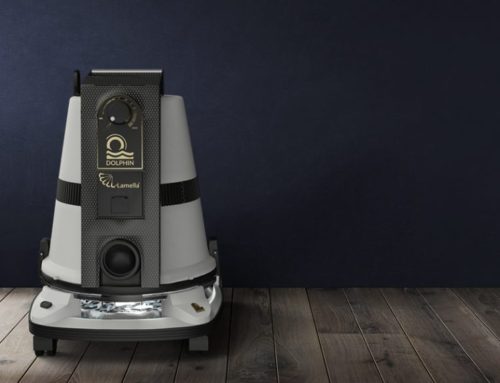Taipei County
The most famous tea in North Taiwan is Wenshan Baozhong Tea 文山包種茶, known as “North Bao Tea, South Oolong 南包種北烏龍”. The appearance of the tea is verdant green with beautiful colors, the knots are tight and naturally curved, the liquor color is green and alive, the aroma is tangy. Taste of sweetness, slake thirst and help produce saliva, expansion in Wenshan, Nangang, Xindian, Pinglin, Shikang, Shenkeng, Xizhi and in Taipei. Shikang is the area warm and cool all year round, rich in water and air, and the soil is fertile perfect place for cultivating teas.
Sanxia area
Sanxia area produce Haishan tea 海山茶 , which includes Baozhong tea 包種茶, Longjing tea 龍井茶, and Biluochun tea 碧螺春茶. The local residents are from Anxi, Fujian. They have experience in tea growing. Some people brought tea seedlings from Anxi and started planting them. The promotion created the scenery of the Sanxia tea 三峽茶 from the end of the Qing Dynasty to the early recovery of Taiwan. Among the three types of tea, Longjing tea 龍井茶 and Biluochun tea 碧螺春茶, are the only non-fermented tea in Taiwan. Killing Twist, fresh and refreshing taste and pure and natural aroma.
Shimen area
Shimen Tieguanyin 石門鐵觀音茶 is in the coastal area of northern Taiwan. The “hard-core red heart” variety, one of the four famous species, was imported here for planting since 1919. and made into Tieguanyin tea 鐵觀音茶 due to government policy in 1981,
Muzha area
The Muzha Tieguanyin tea 木柵鐵觀音茶 has been planted since Japanese occupation period in Muzhan area. Muzha Tea Compan even sente tea teacher Zhang Yumiao and the Zhangyegan brothers to China bring tea seedlings back and planted it in the Muzha tea area. It mainly produces and sells Tieguanyin tea 鐵觀音茶 since then.
The Muzha tea area mostly facing warm and mild sunlight from east. The tea trees also covered by rain and fog which gives moisture for a long time. Moreover, fertile soil made the tea trees grow well.
Taoyuan County
Daxi area
Longquan tea 龍泉茶 is the largest tea area in Taoyuan County. At that time this area was hot and rainy, as a result, always has a layer of mist shrouded in the early morning and evening. Which make the tea tasted mellow and the aroma.
Wuling Tea 武陵茶 and Meitai Tea 梅台茶 are the two tea areas adjacent each other, one in Daxi Township and one in the Upper Shimen District of Fuxing Township. Since Shimen Reservoir was built, the upstream catchment area lacked of water for long time cause the production of Meitai tea 梅台茶 gradually decreasing now. The name of Wuling Tea 武陵茶 was named for commemorating former President Chiang Kai-Shek.
Luzhu area
Lufeng Oolong tea 蘆峰烏龍茶 in the Luzhu Township by ancient way to make teas, and named by former president Li Deng-hui. The ancient way of making tea make tea leaf transform into mellow aromas.
Guishan, Yangmei and Pingzhen area
Guishan, Yangmei and Pingzhen are producing Shoushan Tea壽山名茶, Xiucai Tea 秀才茶 and Jinhu Tea金壺茶. According to legend, drinking Shoushan Tea壽山名茶 can be longevity, so also call longevity tea.
Hsinchu County
Oriental Beauty teas東方美人茶 is one of famous teas in Hsinchu. The the tea is with white color and plump, the leaves with red, yellow, and green color, besides, the vivid color is represent better quality. The liquor color is bright and in bright orange red. Moreover, you can smell mature fruit taste aroma. Normally stronger aroma with good price.
You can taste strong but smooth at first sip, then you can feel the throat slowly grows saliva, and has aftertaste in the mouth after drinking. It all starts with a bite from a tiny green insect, only about 3mm long at full size, which is the tea green leafhopper (Empoasca onukii). These tiny insect bites don’t leave visible holes on the leaves, but they do damage the plant. This means you can’t really tell if an Oriental Beauty tea is “real” based on the appearance of a brewed leaf. These bites are often described as “beginning the oxidation process.” While it’s true that any time plant leaves are damaged some oxidation happens, You can actually smell the aroma of Oriental Beauty and taste sweetness from the teas.
Westerners have called this tea Oriental Beauty Tea 東方美人茶. Which came from ancient legend. It is said that a hundred years ago, the British tea maker presented this tea to Queen Victoria of England who saw the gorgeous tea soup, just like a stunning beauty, not to mention taste of tea. Queen Victoria named her “Oriental Beauty” since that. In addition, Oriental Beauty Tea 東方美人茶 was dedicated to the Queen Elizabeth II for tasting in 1960. She praised it and gave it the name “Oriental Beauty Tea”after the Queen tasted it.
You may be also interested at …
Middle of Taiwan tea area: Nantou
https://whiteteaphl.com/middle-of-taiwan-tea-area-nantou/

